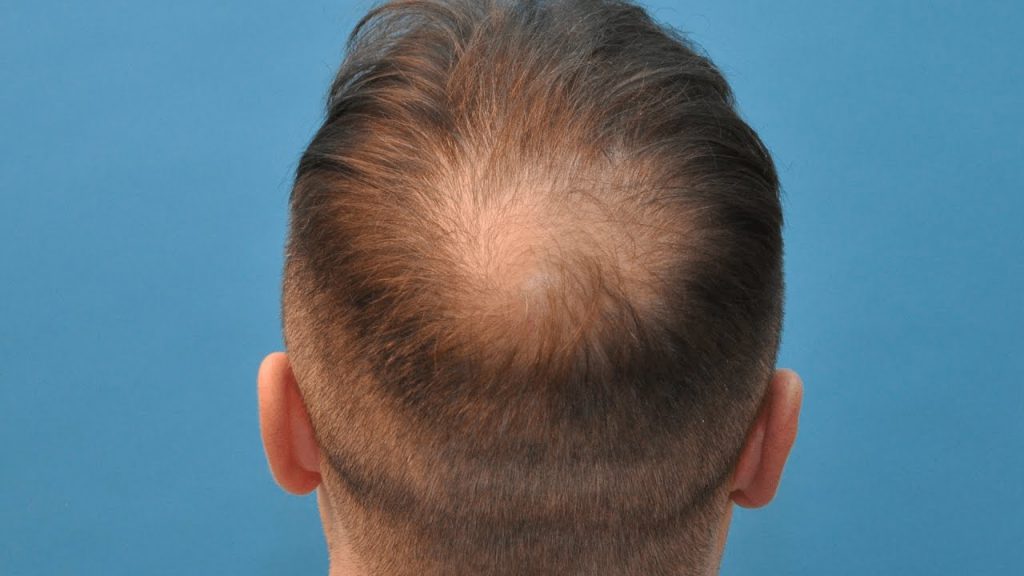Hair Falling Out With a Little White Bulb at the End
A small white bulb at the end of a fallen hair is not, in itself reason for concern. It only indicates that the follicle has passed through the various phases of the growth cycle before the strand was shed. Although this is a normal process (even in the absence of any type of hair loss disorder), the white bulb is not usually noticed until, or unless shedding becomes excessive–prompting one to examine their fallen strands.
If a disorder is suspected, an examination of the bulb can provide professionals with clues as to the type and cause of the disorder. The shape, size and color will determine which stage of the growth cycle the hair was in prior to falling out; and if any abnormalities are present.
The first phase of the cycle, the period of active growth, is called anagen. During this time the hair is firmly anchored, deeply within the follicle. Removing an anagen hair from a healthy scalp would require a firm, forcible pluck. The tip would reveal a small rounded or slightly elongated, pigmented bulb that may be surrounded by a gelatinous sac-like enclosure.
After each individual hair has reached its full growth potential, the follicle moves into what is known as “catagen”. Although catagen lasts only one to two weeks, many changes take place during this time that prepare for the formation of the white bulb. The lower follicle shrinks. The inner root sheath disappears. Pigmentation ceases. Cellular material (such as that of the outer root sheath) that is no longer needed to sustain growth, begins to migrate to base of the strand.
Once all catagen changes have occurred the follicle enters what is known as “telogen.” In early telogen any remaining cells that are no longer needed migrate to the base of hair. Because pigmentation has ceased, these cells will be non-pigmented. These non-pigmented cells cluster together to form the “mysterious white bulb that acts as an anchor to hold the hair in the follicle while it “rests” for approximately three months before being released. The telogen phase is also referred to as the resting period.
Any hair that falls out with a white bulb attached indicates that it has cycled through the telogen phase before falling out. Because of the shape, these strands are also referred to as club hairs. This feature will be present in normal daily shedding. Unless shedding is excessive there is no reason for concern.
The most common condition that causes excessive shedding with a white bulb attached is telogen effluvium. Because any follicle at any stage of the growth cycle can be affected, fallen strands may be of various lengths.
With alopecia areata the hair is often shed during the telogen phase, but in some cases it can be shed during anagen or it can break off. The affected strands may have an “exclamation mark appearance.” A small portion of the strand right at the scalp level becomes very thin giving the appearance of an exclamation point. Because the hair is very thin at this point it can also break off. Although the most common form of alopecia areata causes bald patches, there are other variations of this condition that cause other, more severe patterns of baldness.
The absence of a visible white bulb could indicate that the hair fell out during the anagen stage, such as in loose anagen syndrome or anagen effluvium. It could also indicate that it broke off rather than fell out.
The size, shape, color and condition of the bulb can provide valuable diagnosis information to the examining hair loss professional.
Hair Falling Out With a Little White Bulb at the End by Melanie Vonzabuesnig



